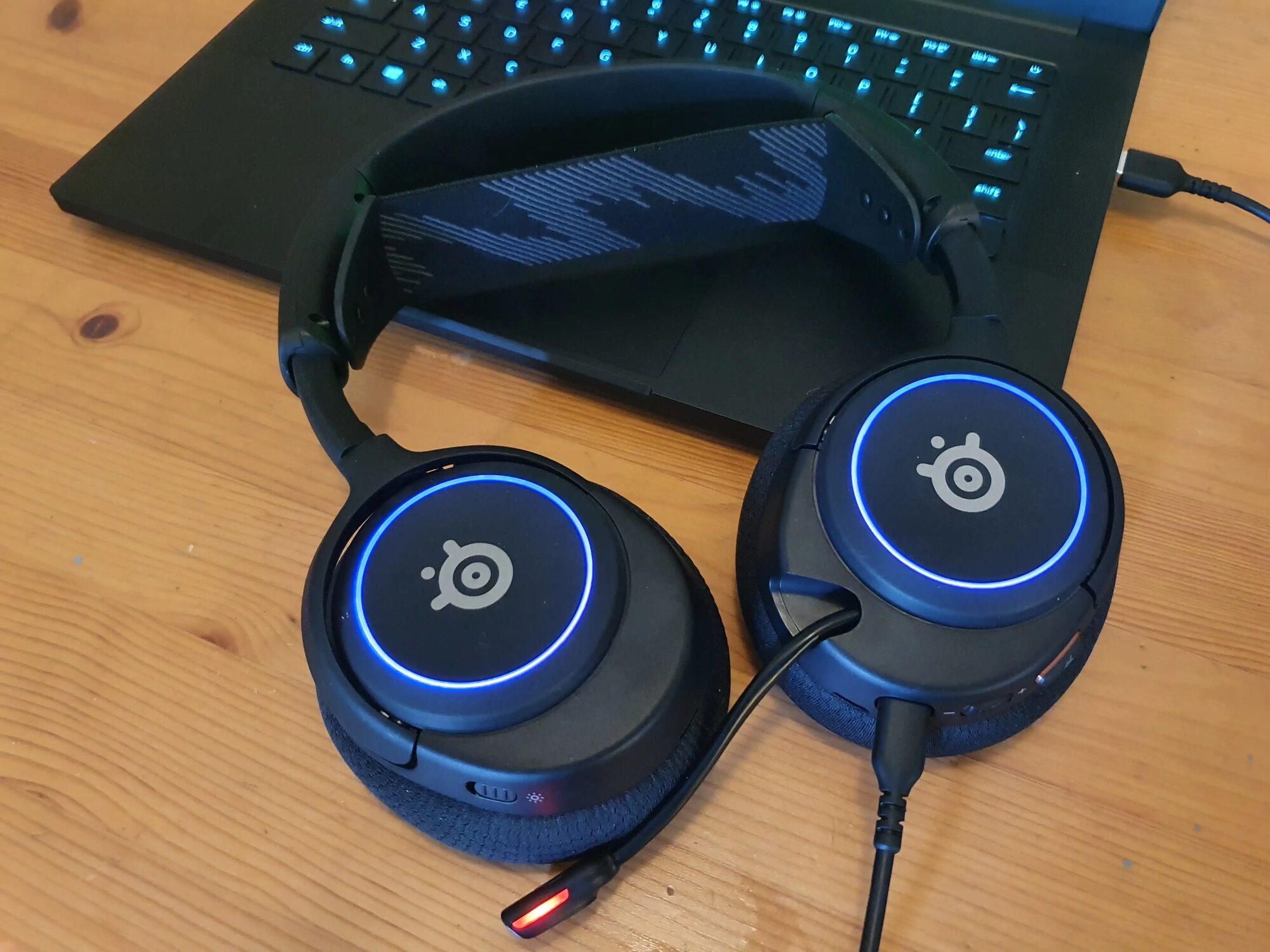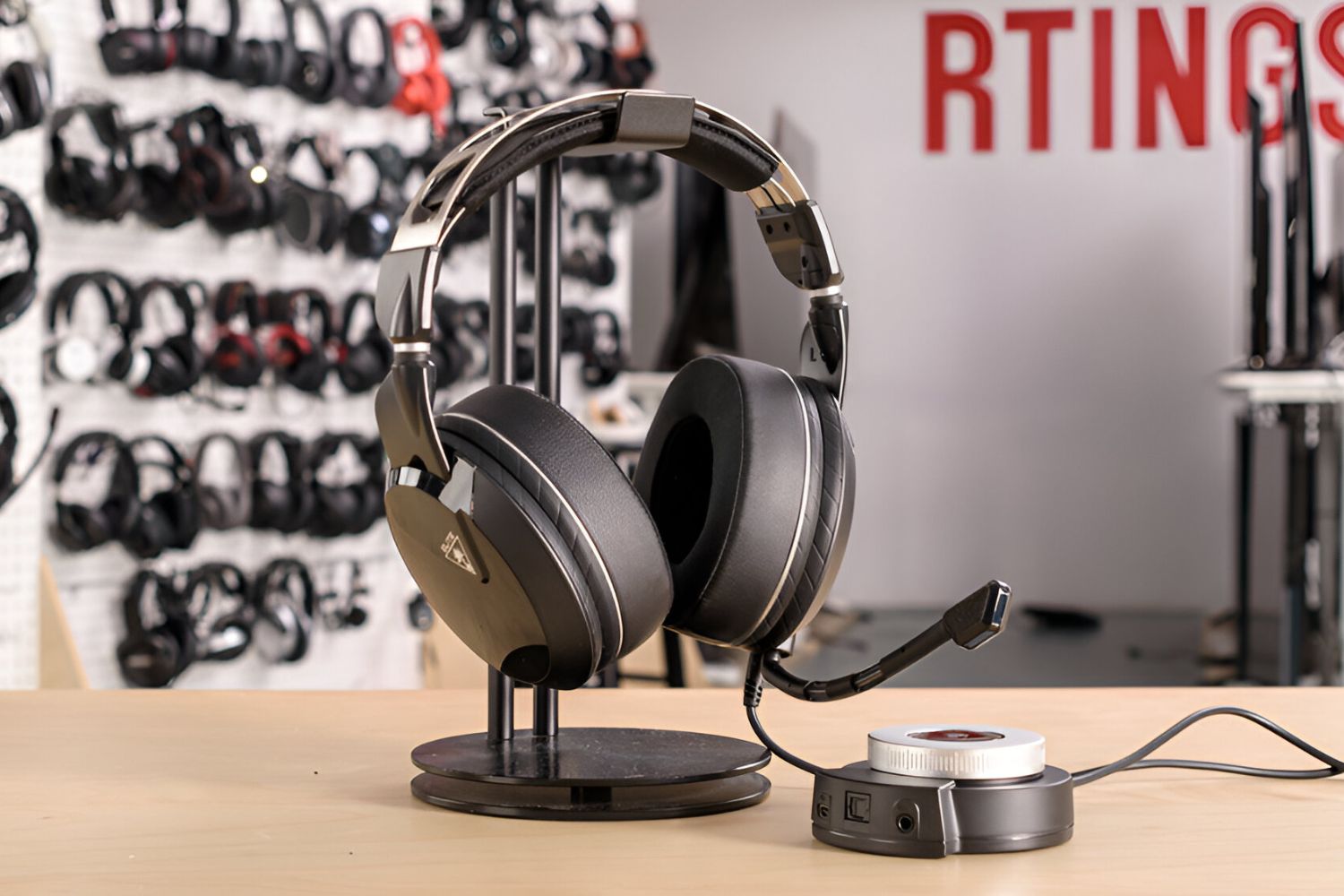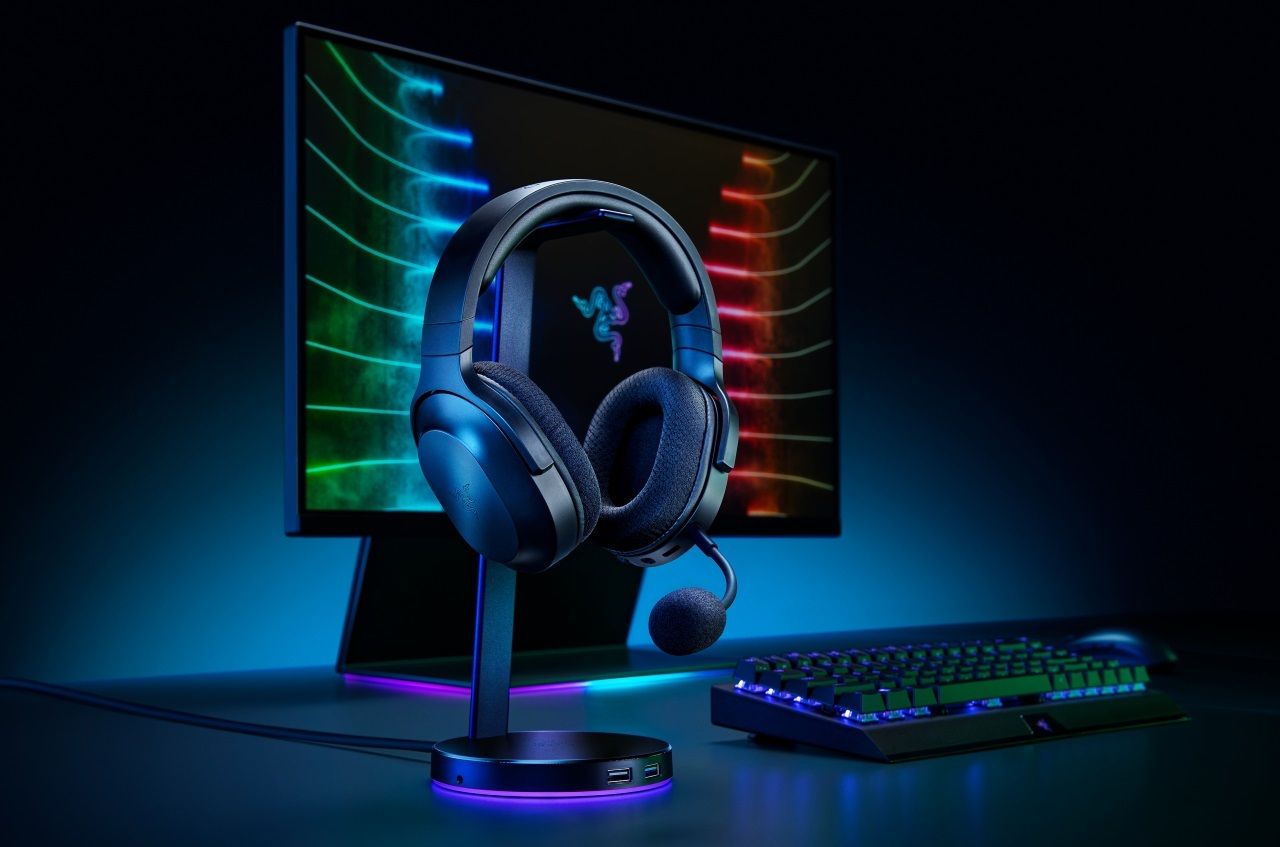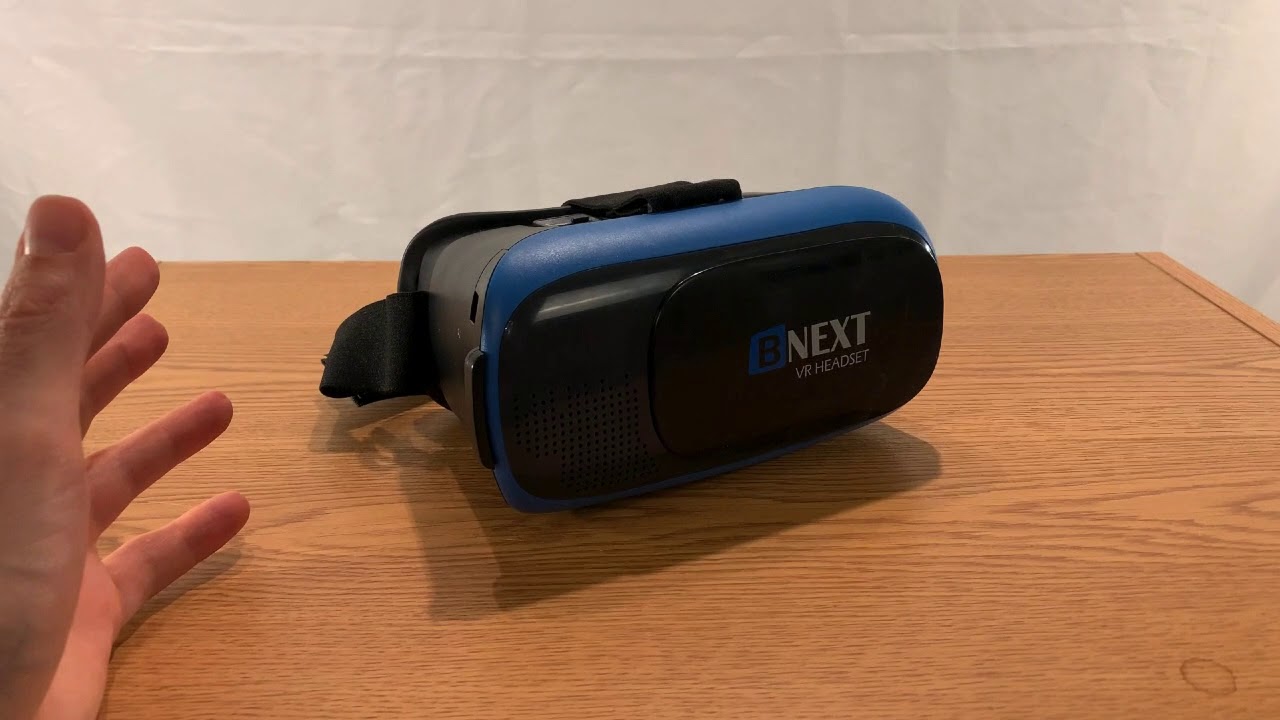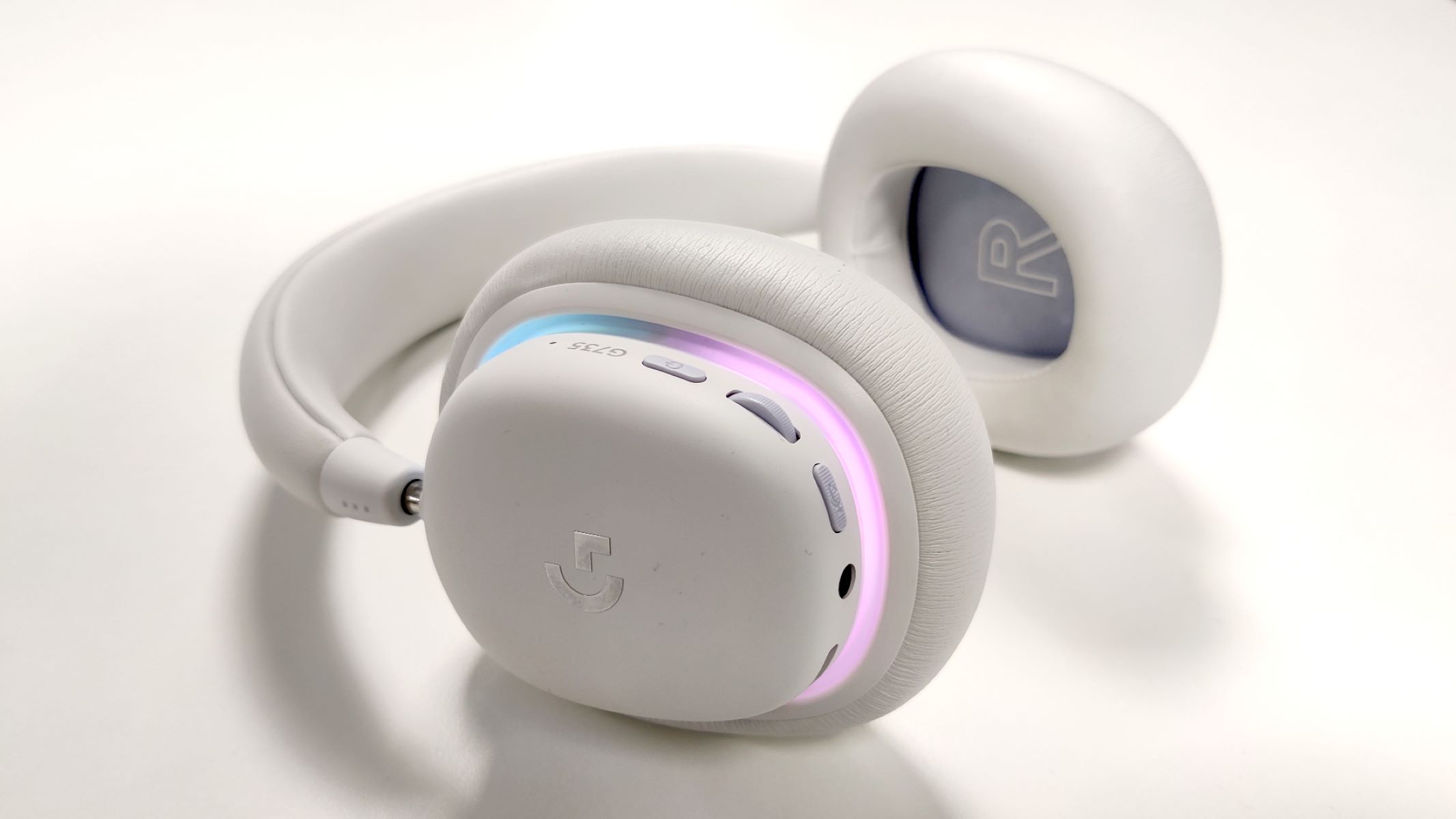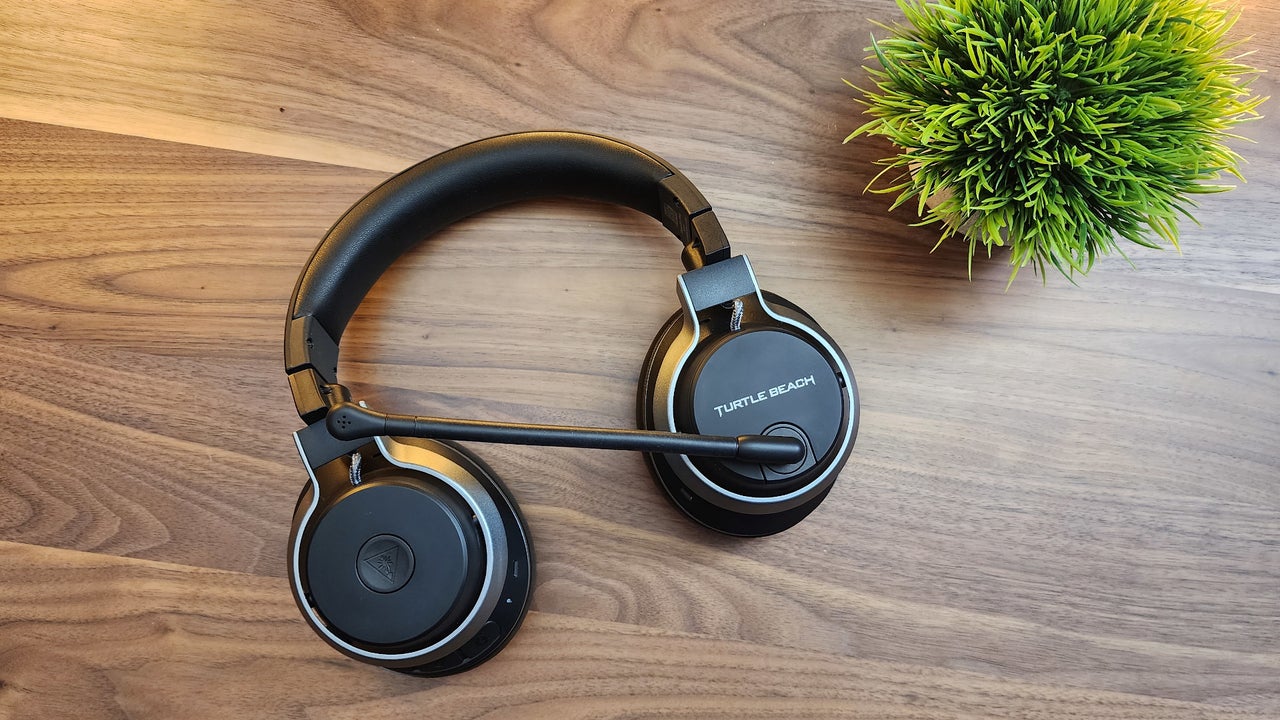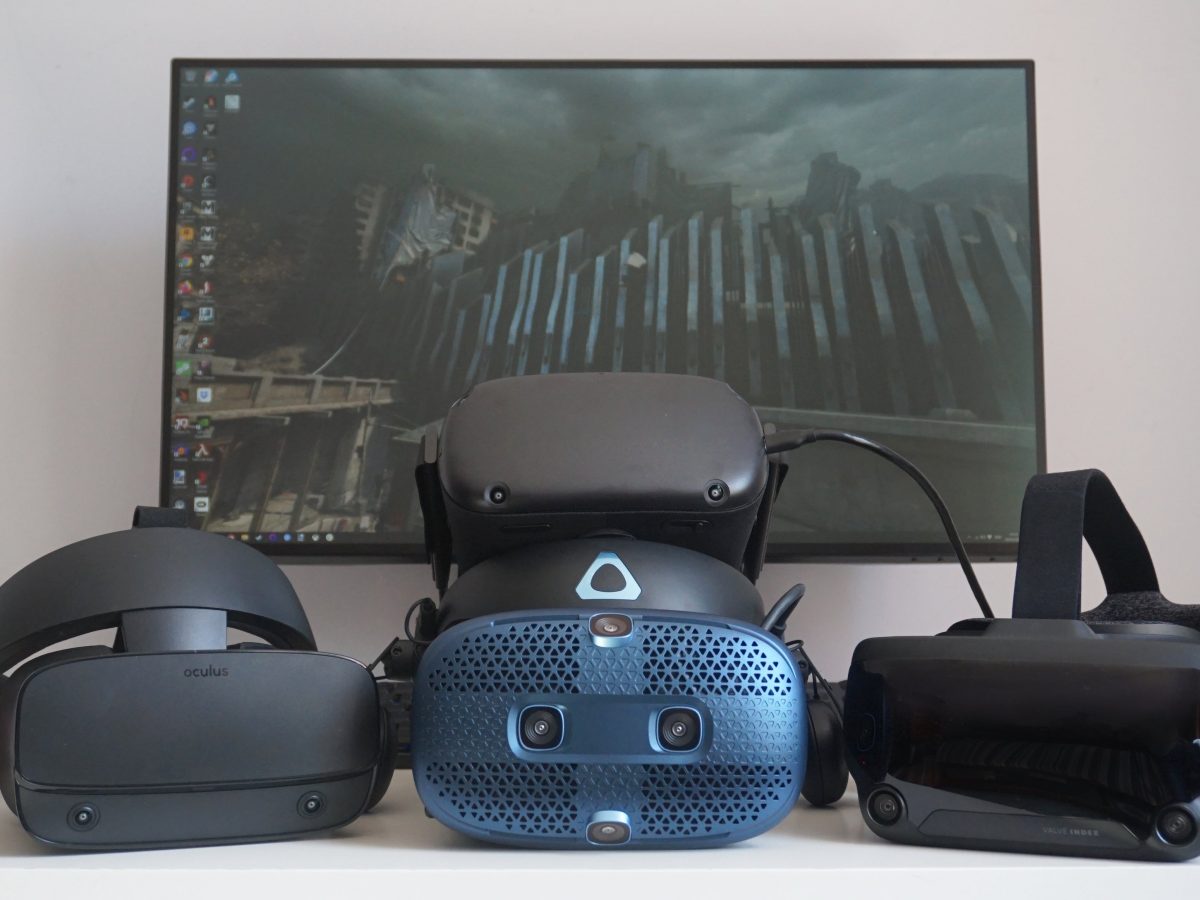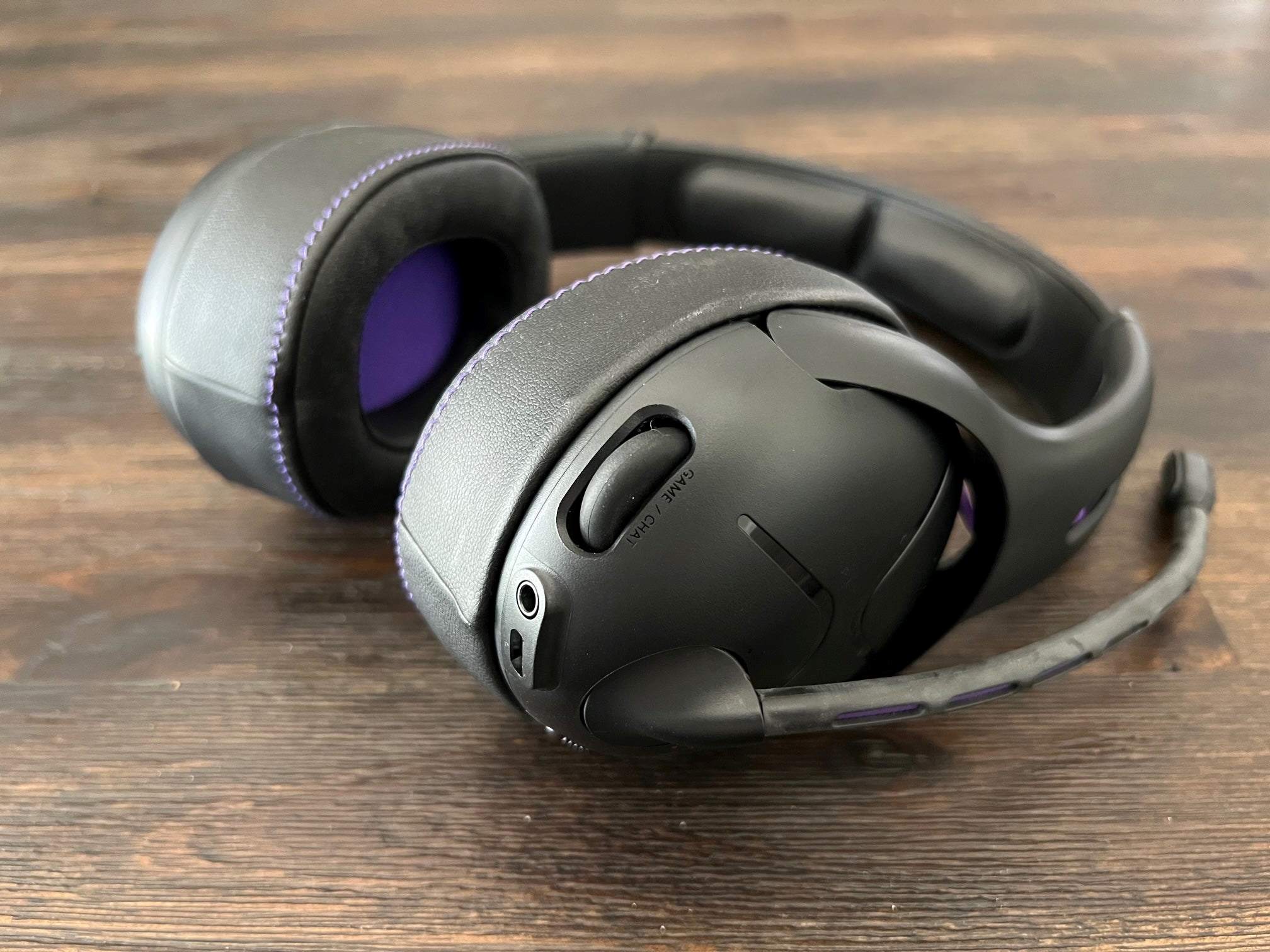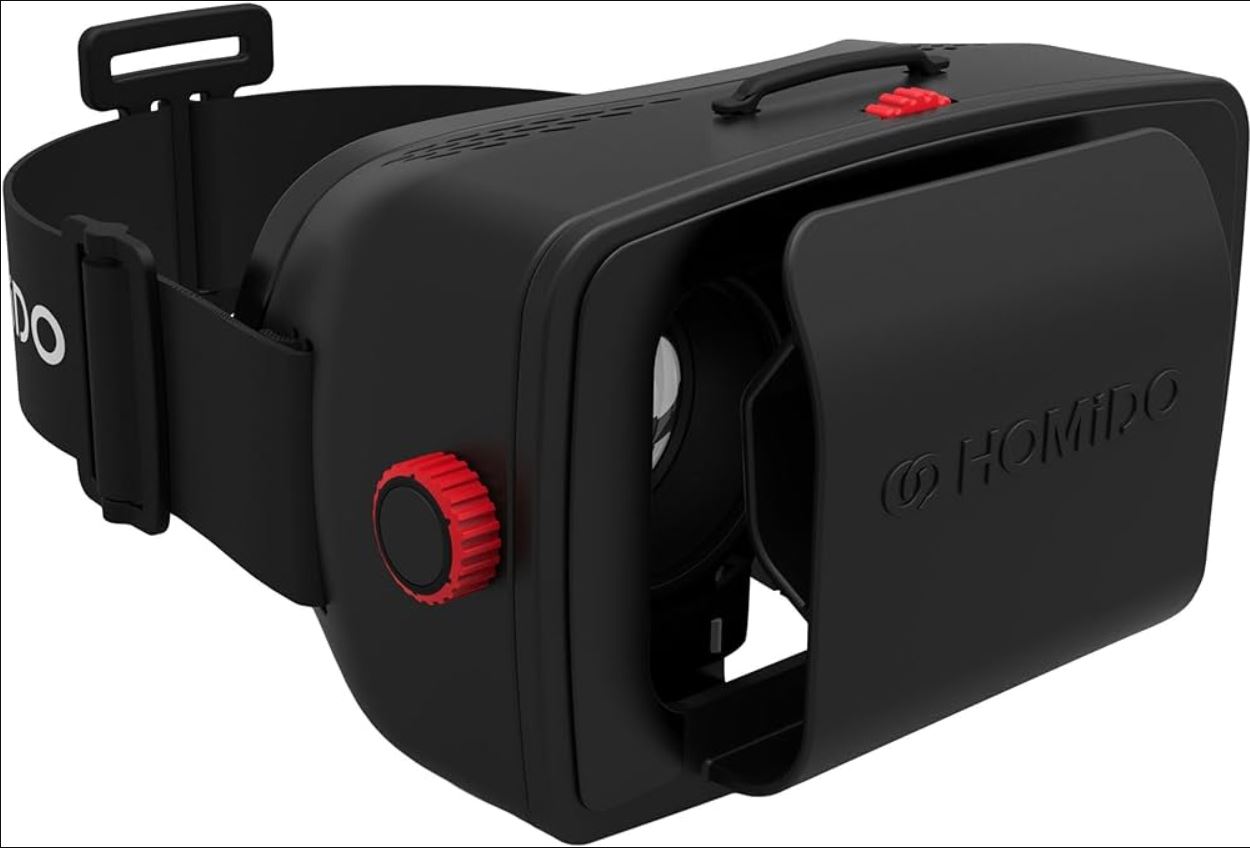Speaker Size
When it comes to gaming headsets, the speaker size plays a crucial role in delivering an immersive audio experience. The diameter of the speakers, typically measured in millimeters, directly impacts the sound quality and depth of the audio produced.
The size of the speakers in a gaming headset can range from 20mm to 50mm or even larger. Larger speaker drivers generally offer better bass response, more detailed sound, and a wider soundstage, which is essential for discerning the direction of in-game sounds.
Headsets with smaller speaker drivers, around 20mm to 30mm, are often more compact and lightweight, making them suitable for on-the-go gaming or casual use. On the other hand, headsets equipped with larger drivers, typically 40mm to 50mm, are favored by serious gamers and audiophiles for their superior audio fidelity and immersive gaming experience.
It’s important to note that the speaker size alone does not determine the overall audio quality, as other factors such as frequency response, impedance, and sensitivity also play significant roles. However, when combined with these other factors, the speaker size contributes to the overall sonic performance of the gaming headset.
Manufacturers often highlight the speaker size as a key feature, emphasizing the headset’s ability to deliver powerful bass, clear mids, and crisp highs. Gamers seeking a more dynamic audio experience may prefer headsets with larger speaker drivers, while those prioritizing portability and comfort may opt for models with smaller drivers.
Understanding the significance of speaker size empowers gamers to make informed decisions when selecting a gaming headset that aligns with their audio preferences and gaming requirements.
Frequency Response
The frequency response of a gaming headset refers to the range of frequencies that the headset’s speakers can reproduce. It is typically measured in Hertz (Hz) and represents the spectrum of audible frequencies, from the lowest bass tones to the highest treble tones, that the headset can accurately reproduce.
Gaming headsets often have a frequency response range between 20Hz to 20,000Hz, covering the entire range of human hearing. A wider frequency response range allows for a more immersive audio experience, capturing the full spectrum of sound in games, music, and movies.
Headsets with extended bass response, indicated by a lower frequency limit, deliver deep, rumbling bass that enhances the impact of explosions, gunfire, and other low-frequency effects in games. Conversely, a higher frequency limit ensures the reproduction of clear, detailed high-frequency sounds, such as footsteps, environmental cues, and subtle audio cues crucial for spatial awareness in gaming.
Understanding the frequency response is essential for gamers who prioritize audio fidelity and want to experience the full depth and richness of in-game audio. It enables them to choose headsets that excel in reproducing specific frequency ranges, enhancing their overall gaming experience.
Manufacturers often highlight the frequency response as a key selling point, emphasizing the headset’s ability to deliver a balanced and accurate sound signature across the entire frequency spectrum. Gamers who enjoy a wide variety of genres, from action-packed shooters to atmospheric role-playing games, may seek headsets with a broad frequency response to ensure an immersive and accurate audio representation across different game types.
Ultimately, the frequency response of a gaming headset significantly contributes to the overall audio quality and should be considered alongside other factors such as speaker size, impedance, and sensitivity when making an informed decision about which headset best suits individual preferences and gaming needs.
Impedance
Impedance is a critical specification to consider when evaluating gaming headsets, as it directly affects how the headset interacts with the audio source, such as a gaming console, PC, or mobile device. It is measured in ohms and represents the resistance to the flow of electrical current in the headset’s speakers.
Headsets with higher impedance, typically 50 ohms and above, require more power to drive and are best suited for use with dedicated headphone amplifiers or high-quality audio interfaces. These high-impedance headsets are capable of delivering clearer and more detailed audio when paired with the appropriate audio equipment, making them popular among audiophiles and professional gamers who prioritize audio fidelity.
On the other hand, headsets with lower impedance, usually ranging from 16 to 32 ohms, are more efficient at converting electrical signals into sound and can be directly driven by a wider range of devices, including smartphones, gaming controllers, and laptops. These low-impedance headsets are often preferred for their versatility and compatibility with various audio sources, making them ideal for gaming on the go or casual use.
Understanding the impedance of a gaming headset is crucial for ensuring compatibility and optimal performance. Pairing a high-impedance headset with a low-powered device may result in inadequate volume levels and compromised audio quality, while using a low-impedance headset with a high-powered amplifier can lead to distortion and potential damage to the headset’s drivers.
Manufacturers often provide impedance ratings as part of the headset’s specifications, guiding consumers in selecting headsets that are compatible with their existing audio equipment and gaming setups. Gamers seeking to maximize the audio performance of their headsets may consider investing in high-impedance models and dedicated amplification, while those prioritizing convenience and versatility may opt for low-impedance headsets that can be easily driven by a variety of devices.
By understanding the implications of impedance, gamers can make informed decisions when choosing a gaming headset that aligns with their specific audio preferences, gaming platforms, and overall audio setup.
Sensitivity
The sensitivity of a gaming headset’s speakers is a crucial specification that directly impacts the volume and efficiency of sound reproduction. It is measured in decibels (dB) and represents the sound pressure level produced by the headset when driven by a standard amount of power.
Headsets with higher sensitivity ratings, typically around 100dB/mW or higher, require less power to achieve the same volume level compared to headsets with lower sensitivity ratings. This means that high-sensitivity headsets can deliver louder sound with greater efficiency, making them suitable for use with a wide range of devices, including smartphones, gaming consoles, and portable audio players.
Conversely, headsets with lower sensitivity ratings, often below 100dB/mW, may require more power to achieve the same volume level, making them better suited for use with dedicated headphone amplifiers or high-powered audio sources. While lower-sensitivity headsets may demand more power, they can offer finer control over volume levels and may exhibit lower noise floor when used with high-quality audio equipment.
Understanding the sensitivity of a gaming headset is essential for tailoring the audio experience to individual preferences and specific usage scenarios. Gamers who prioritize portability and versatility may favor high-sensitivity headsets for their ability to deliver powerful sound from a variety of devices, while audio enthusiasts and competitive gamers may opt for lower-sensitivity models to leverage the precise control and potential for enhanced audio quality offered by dedicated amplification.
Manufacturers often highlight the sensitivity rating as a key feature of their headsets, emphasizing the headset’s ability to deliver impactful sound with minimal power requirements. By considering the sensitivity alongside other specifications such as impedance, frequency response, and speaker size, gamers can make informed decisions when selecting a headset that aligns with their audio preferences and gaming needs.
Ultimately, understanding the sensitivity of a gaming headset empowers gamers to optimize their audio experience, whether they seek maximum portability and compatibility or prioritize fine-tuned audio performance and control.
Microphone Type
The microphone type in a gaming headset is a crucial factor that directly influences the clarity and accuracy of voice communication during gaming sessions. Gaming headsets commonly feature either omnidirectional or unidirectional (often referred to as cardioid) microphones, each with distinct characteristics that cater to different gaming environments and user preferences.
Omnidirectional microphones capture sound from all directions, making them suitable for multiplayer gaming scenarios where communication with teammates is essential. These microphones offer a wider pickup pattern, allowing them to capture voices and ambient sounds from various angles, which can be beneficial for maintaining clear communication in noisy or dynamic gaming environments.
Unidirectional microphones, on the other hand, are designed to primarily capture sound from one direction, typically the user’s mouth. This focused pickup pattern helps minimize background noise and ambient distractions, making unidirectional microphones ideal for gaming in quieter environments or for users who prioritize clear and isolated voice communication during gameplay.
Understanding the microphone type is crucial for gamers seeking to optimize their communication experience while gaming. Those who engage in cooperative or competitive multiplayer games may prefer headsets with omnidirectional microphones to ensure that all voices are captured clearly, regardless of their position relative to the microphone. Conversely, gamers who value voice clarity and wish to minimize background noise may gravitate towards headsets equipped with unidirectional microphones.
Manufacturers often emphasize the microphone type as a key feature of their gaming headsets, highlighting the microphone’s ability to facilitate effective voice communication and teamwork during gaming sessions. By considering the microphone type alongside other headset specifications, such as audio quality, comfort, and additional features, gamers can make informed decisions when selecting a headset that aligns with their communication needs and gaming preferences.
Ultimately, understanding the microphone type empowers gamers to choose a headset that enhances their ability to communicate clearly and effectively while immersing themselves in the gaming experience.
Cable Length
The cable length of a gaming headset is an often overlooked yet crucial aspect that significantly impacts convenience, mobility, and overall user experience. The length of the cable connecting the headset to the gaming device plays a vital role in determining the freedom of movement, accessibility of audio controls, and compatibility with different gaming setups.
Longer cable lengths, typically exceeding 2 meters, provide users with greater freedom of movement, allowing them to comfortably connect their headset to a gaming console, PC, or entertainment system without feeling restricted by the cable’s reach. This extended range can be particularly advantageous for gamers who prefer to sit farther away from their screens or require flexibility in their gaming setup.
Conversely, headsets with shorter cable lengths, often around 1 to 1.5 meters, offer a more compact and manageable cable arrangement, reducing clutter and potential tangling. Shorter cables are well-suited for users who game in close proximity to their audio source or prefer a tidier setup with minimal cable slack.
Understanding the cable length is essential for gamers to tailor their headset choice to their specific gaming environment and preferences. Those with expansive gaming spaces or complex audio setups may benefit from headsets with longer cables, while users with limited space or a preference for a streamlined setup may find shorter cable lengths more practical.
Manufacturers often highlight the cable length as a key feature of their gaming headsets, recognizing its impact on user comfort and convenience. By considering the cable length alongside other headset specifications, such as audio quality, comfort, and additional features, gamers can make informed decisions when selecting a headset that aligns with their gaming environment and personal preferences.
Ultimately, understanding the significance of cable length empowers gamers to choose a headset that complements their gaming setup, providing the necessary freedom of movement and convenience for an enhanced gaming experience.
Weight
The weight of a gaming headset is a pivotal consideration that directly impacts comfort, long-term wearability, and overall user satisfaction. A headset’s weight can significantly influence the user’s gaming experience, particularly during extended gaming sessions, making it an essential factor to evaluate when selecting the ideal headset.
Lightweight gaming headsets, typically weighing around 250 grams or less, offer enhanced comfort and reduced strain during prolonged use. Gamers can enjoy extended gaming sessions without experiencing discomfort or fatigue, making lightweight headsets particularly appealing for competitive gaming, immersive storytelling experiences, and marathon gaming sessions.
Conversely, heavier gaming headsets, weighing over 300 grams, may provide a more substantial and robust feel, which can be preferred by users seeking a sense of durability and premium construction. While heavier headsets may exert slightly more pressure on the head and ears, they can also convey a sense of sturdiness and quality, appealing to users who prioritize build materials and long-term durability.
Understanding the weight of a gaming headset is essential for gamers to align their choice with their comfort preferences and intended usage. Those who value lightweight, unobtrusive headsets that allow for prolonged wear may gravitate towards lighter models, while users who prioritize a substantial feel and premium construction may opt for slightly heavier headsets.
Manufacturers often emphasize the weight of their gaming headsets as a key selling point, recognizing its impact on user comfort and prolonged wearability. By considering the weight alongside other headset specifications, such as audio quality, comfort features, and additional functionalities, gamers can make informed decisions when selecting a headset that best suits their comfort preferences and gaming needs.
Ultimately, understanding the significance of weight empowers gamers to choose a headset that aligns with their comfort preferences, ensuring an enjoyable and comfortable gaming experience, even during extended play sessions.







